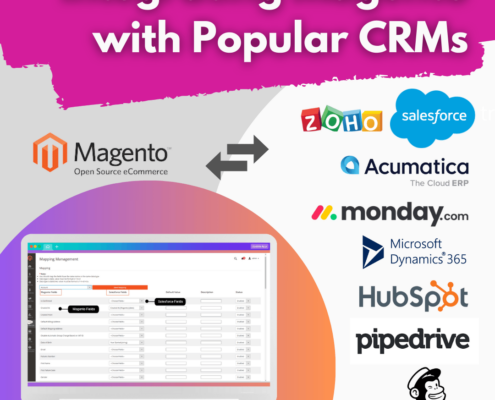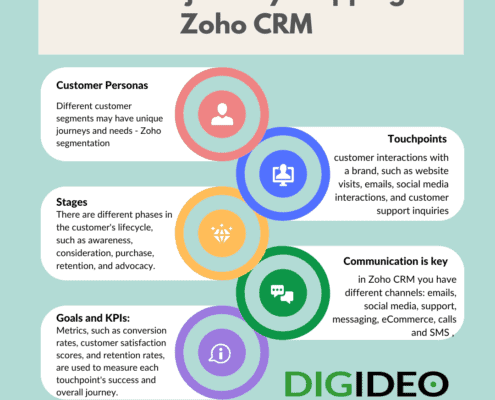“eCommerce Optimization” is a very popular subject of many blogs, posts and analysis.
Yesterday I also got information that over 77 thousands of websites globally are dedicated to the ecommerce optimization’s topic (Alexa).
Why is it so popular – because recent reports show that over 80% of online shops are not optimized correctly and are loosing their presence in search engines. We have still learnt how to do it because our Google and Bing change their recommendations very often.
I decided to collect all elements I have used in my practice for 5 years to create a regular check list for you to keep your online shop properly optimized.
Your online shop – Magento, Prestashop, Hybris, Woocomerce or other – has to be user friendly and search engines friendly, prepared for many different devices. It is everything about ecommerce optimization.
I hope my list would be useful.
eCommerce optimization
should start from the deep analysis of following elements:
1 your page speed analysis – all most important pages have to be checked
use Google tool – https://developers.google.com/speed/pagespeed/insights/ or https://gtmetrix.com/
2 the responsive design
use Google tool as well: https://www.google.com/webmasters/tools/mobile-friendly/
3 the unique titles ( 150 letters), Meta tags, alt tags for pictures, Index, nonindex informations, robots.txt, sitemap.xml – all major shopping platforms have this feature built-in. Please use it. You can also use free of charge tools like Seoptimer.com or many SEO plugins to Chrome.
4 the content analysis is very important. This is a critical factor of your natural search positions in Google or Bing.
- keywords – Think of your target keyword as the designated topic for a particular page. Define only one topic per page. This allows you to go more in depth and provide detailed information. This means that you are also only optimizing for one keyword per page.
- the correct product description ( min 300-500 words) – Your content needs to be thorough, clear and provide solutions. Again, write for your target audience. How can you help them? Compelling content is also error free – check spelling and grammar. Format content to make it easier to read and digest.
- headers: Define what you will use as a header to introduce your content. Formatting your headers helps make content easier to read and digest. It also provides visual cues to your readers and search engines. Typically the very first header is an H1, or header one, on a page. However, if you have clearly defined the purpose of the page somewhere at the top, you may not need to strictly follow this design rule.
- the uniqueness of texts
- videos, 360 photos – do you have them? Do you use any cache or external providers? Did you check your page speed?
5 Some 404 error code for discontinued products – if you don’t want to loose your indexed links, you should redirect them to new products or categories.
6 The Purchasing Path – you need to know how you clients try to purchase your products. They can buy from different sources, pages, partner websites, Amazon or any price comparison pages. Simply this journey should be short as possible – 2-3 clicks;
7 The checkout process and payment gates – they should be also adjusted to the local market and very easy to use. People are lazy. If they trust some providers, why you don’t use them. Of course there is a problem with some fees for transactions. Some online shops charge clients for such additional fees.
8 Product recommendations – do you use the related, up sell, cross sell products? They really help to choose and buy more products from your shop. Please think about Quartic, the automated product recommendation tool. It is one of the simplest ecommerce optimization practice.
9 Google Webmaster and Bing Webmaster – you need to use these tools and register your ownership of your online shop. It will prove that you are reliable for your clients for search engines.
10 checking if you have any internal links on pages – they should be added for linking your content, pages. Most online shops have this feature but I see sometimes that internal links are added like the external ones. It can have an impact on your search results. The Magento shop has it built correctly. You don’t need to change it.
11 checking if you have any external links and what they are – reputable that they can be added – but most with no-follow, noindex. A “no-follow” link means a search engine crawler will not follow that URL/link. However, as long as the site is reputable, the best practice is to provide SEO credit to that source as you link to it. Linking to other pages is used to cite sources and to provides more in-depth information.
12 social media sharing– How people use your content is a critical factor of a page’s performance, and social media sharing is a big component of your ecommerce SEO. Make it easy for people to share your content by including share links in a visible place. We also check it
13 “Buy” button – Every page of your online shop is a conversion opportunity. To make this possible, include at least one buy button on every page. Many pages may have multiple calls-to-action. When possible include a call-to-action at each stage of the buying funnel – home page, sliders, category pages, product pages, blogs, your social media. As you add or edit/update calls-to-action (perhaps making them more relevant), be sure to also note conversion rate changes.
14 we can also analyse the usability of your online shop – the font size, the correctness of menu, navigation, the customer service elements required by customers, error messages, etc. -This can be found on our website – here
The eCommerce optimization should be a regular effort for your your online shop. I mentioned the most important and basic elements to track every week. If you create the habit to do it, you will win in long term with your competitors.


 Digideo
Digideo Digideo
Digideo Digideo
Digideo
 Digideo
Digideo Digideo
Digideo Digideo
Digideo
 Digideo
Digideo
Share this entry